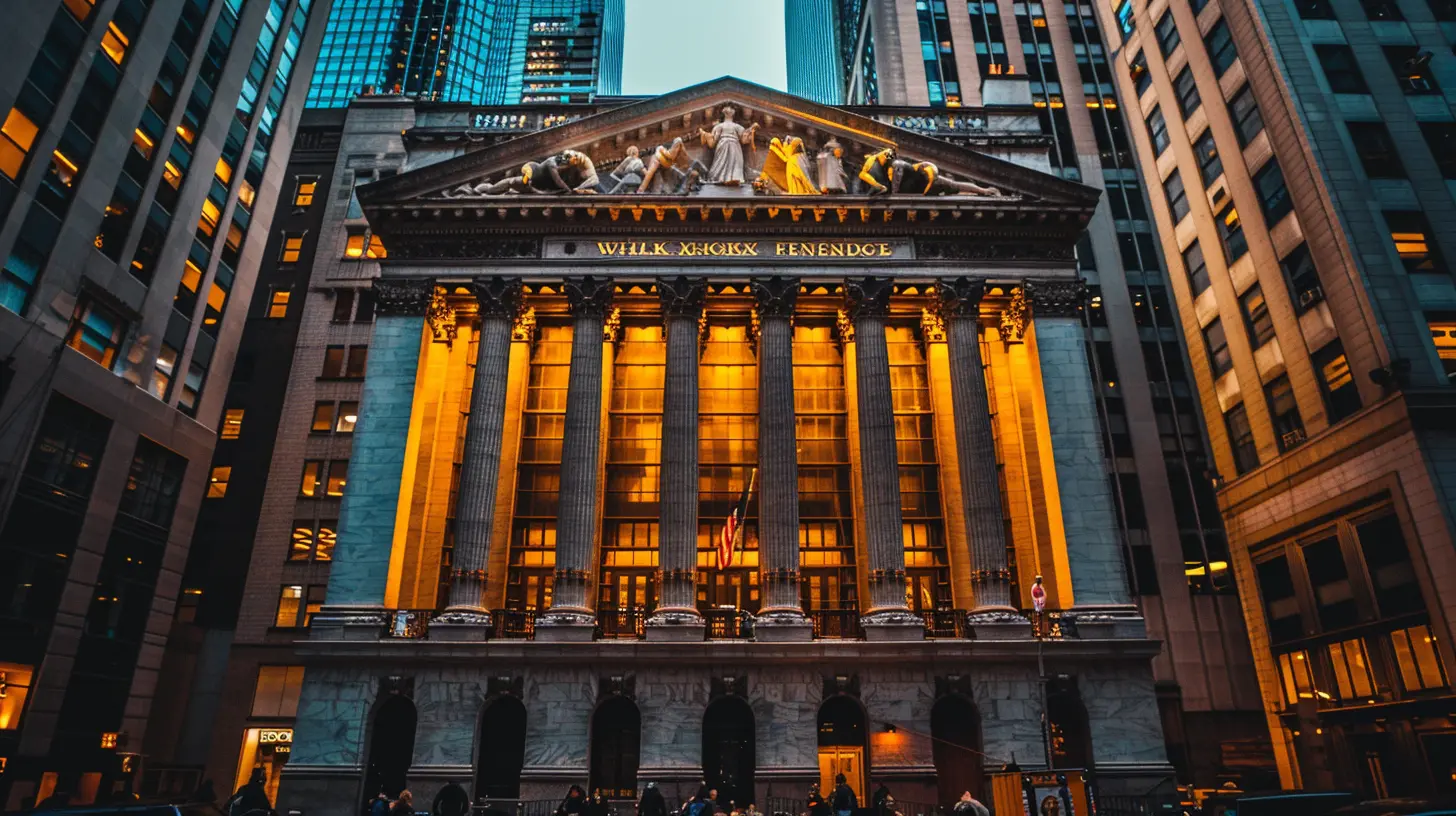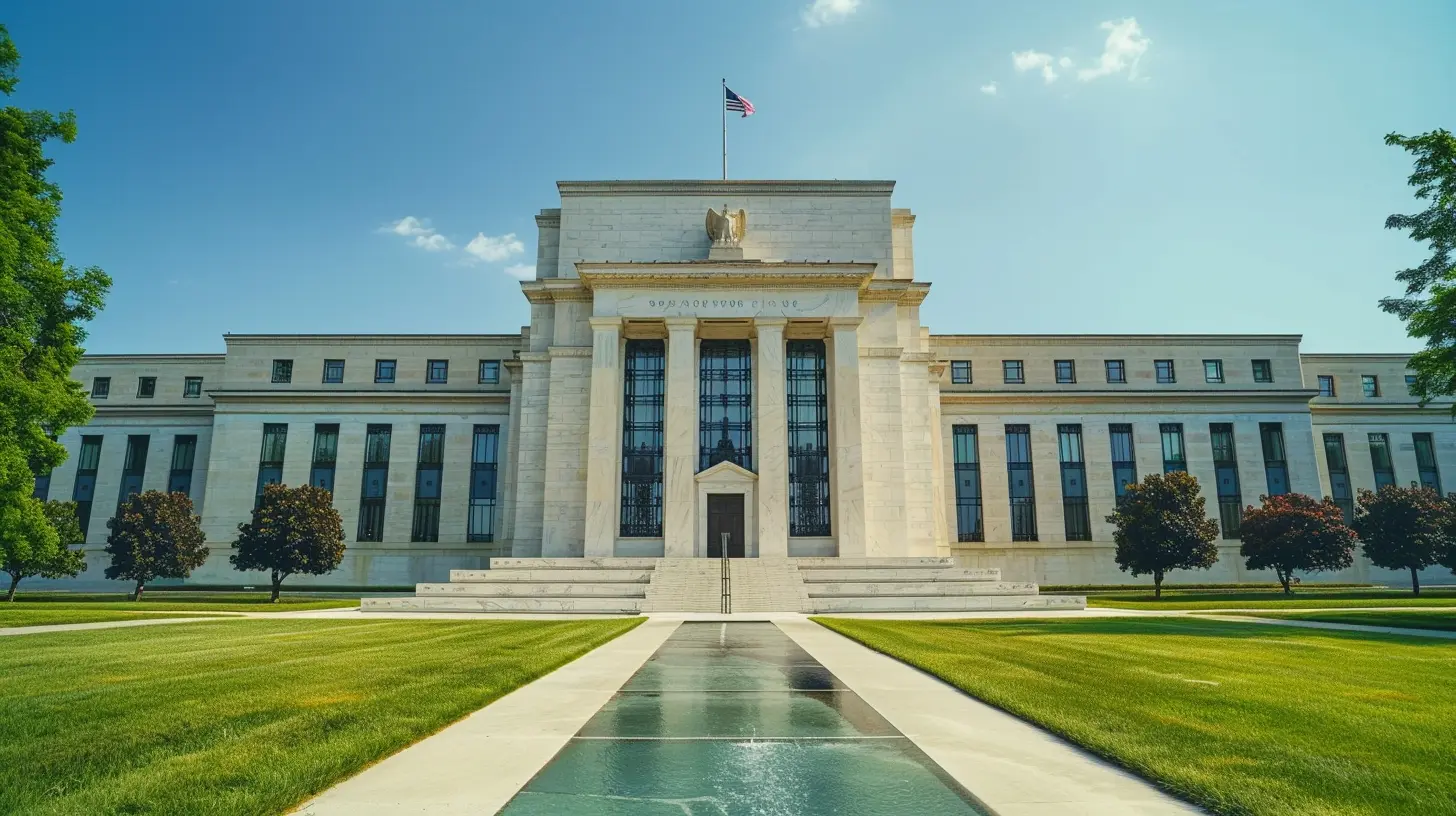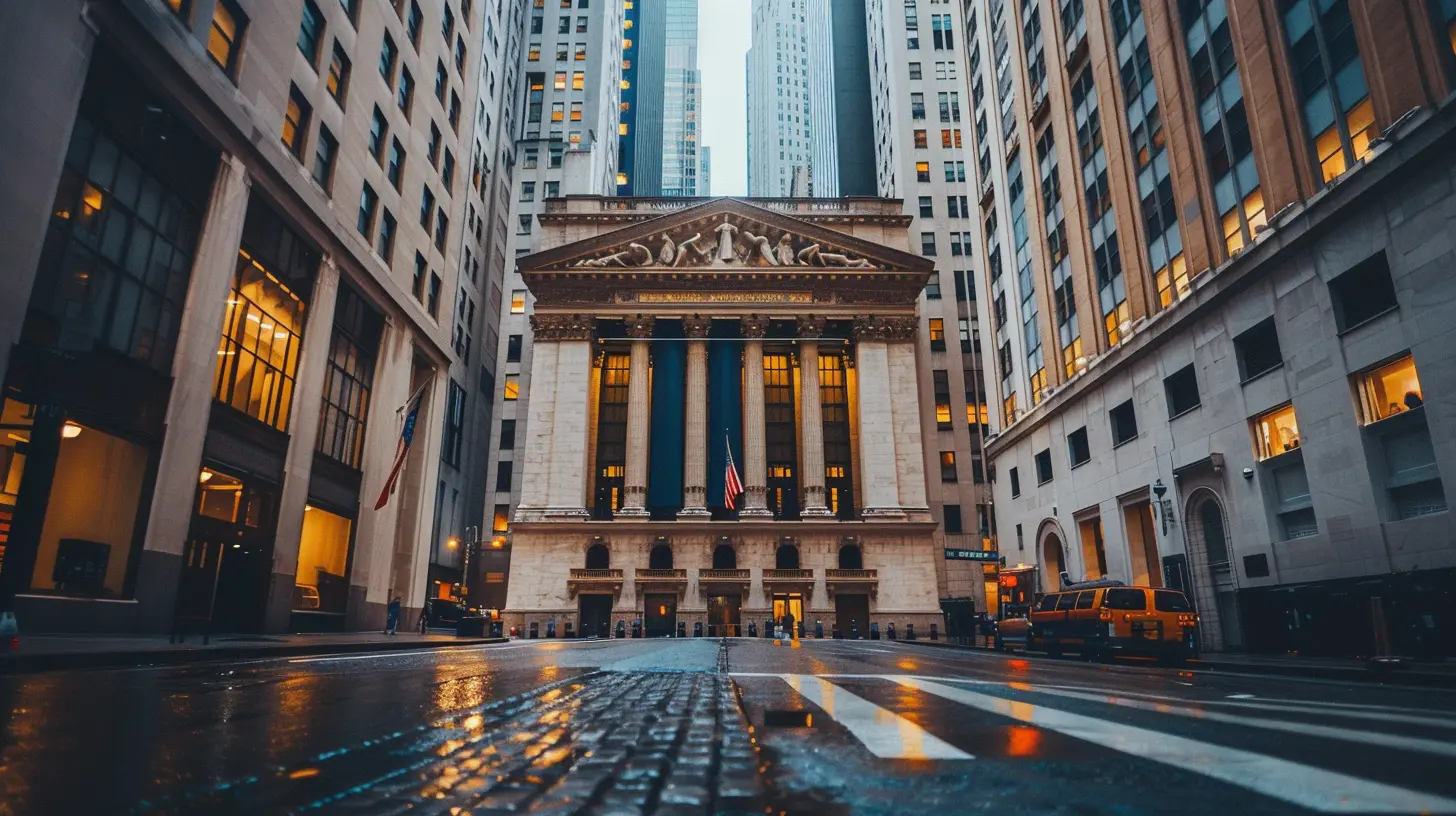Understanding How Interest Rates Affect Bond Prices
10 July 2025
When it comes to investing, especially in the world of fixed income, one thing that often puzzles folks is the relationship between interest rates and bond prices. It can feel like a strange dance—when interest rates tiptoe up, bond prices whirl downward, and when rates drop low, bond prices seem to waltz up.
If you've found yourself scratching your head trying to make sense of all this bond talk, you're in the right place. Let's break it down and really get to the bottom of how interest rates mess with bond prices and what it means if you're investing in bonds or just want to sound smart at your next dinner party.
What Are Bonds, Anyway?
Alright, before we dive into the juicy stuff, let’s get one thing straight—what exactly is a bond?In the simplest sense, a bond is a loan. But instead of borrowing from a bank, governments or companies borrow from investors like you and me. In return, they agree to pay us back with interest over a set period. It’s like IOUs being traded around the financial world.
When you buy a bond, you're essentially saying, "Hey, I’ll lend you my money. Just make sure to pay me back in full and throw in a little extra (interest) for my troubles."
Sounds fair, right? But here's where it gets twisty—interest rates and bond prices have this weird, seesaw-like relationship, and it's crucial to understand it before you start buying bonds like they’re on sale.
The Seesaw Relationship: Interest Rates vs. Bond Prices
Let me paint a picture for you.Imagine you own a bond that pays 5% interest (called the coupon rate). Now, let’s say the market interest rate jumps to 6%. Suddenly, your 5% bond doesn’t seem all that hot anymore. Why? Because new bonds are offering a better deal.
So what happens? The value of your bond drops. If you wanted to sell it, you’d have to lower the price so it stays competitive with those shiny new 6% bonds.
On the flip side, if interest rates fall to 4%, your 5% bond looks golden. Investors will be willing to pay more for it, and voilà—its price goes up.
This inverse relationship is the heart of bond pricing.
In short:
- Interest Rates Up → Bond Prices Down
- Interest Rates Down → Bond Prices Up
Why Do Bond Prices Move at All?
Let’s dig a little deeper into the “why.” Think of it like this—your bond's interest payments are fixed. They won’t suddenly increase just because rates go up in the market.So, when interest rates change, the only way to make older (and less attractive) bonds appealing is to adjust their price. That adjustment ensures the yield (your return based on the price you paid) matches what’s happening in the market.
It’s all about keeping things competitive.
Let’s bring in an example to drive it home.
A Real-World Example
Say you buy a $1,000 bond paying 5% annual interest—so you get $50 a year. Cool.Now, a few months down the road, interest rates shoot up and similar new bonds are offering 6%. If you try to sell your 5% bond, buyers will say, “Why would I buy your bond when I can get 6% elsewhere?”
To convince them to buy your bond, you’ll need to lower the price. Maybe to around $925. That way, when buyers calculate the return on their investment ($50 a year on a $925 bond), it equates to a 6% yield. Problem solved.
This pricing dance is happening constantly behind the scenes as bond traders react to interest rate changes.
Types of Interest Rates That Matter
Now that we know interest rates move bond prices, you might be wondering—"Which interest rates are we talking about?"Good question.
1. Federal Funds Rate
This is the big one. Set by the Federal Reserve, the federal funds rate is the rate at which banks lend money to each other overnight. It’s the granddaddy of all other interest rates. When the Fed changes this rate, it tends to ripple through the entire economy—including the bond market.2. Treasury Yields
These are the returns on U.S. government bonds. They’re like the benchmark for many other rates. If Treasury yields go up, it usually means interest rates in general are heading upward, and vice versa.3. Inflation Rates
While not a direct interest rate, inflation heavily influences the Fed's decisions. If inflation is rising fast, the Fed might hike interest rates to cool the economy. And as we now know, higher rates = lower bond prices.Duration: The Sensitivity Factor
Okay, let’s say you’re fully on board with this bond-prices-dance-with-interest-rates thing.But did you know that not all bonds are affected equally?
That’s where duration comes into play.
Think of duration as how sensitive a bond is to interest rate changes. The longer the bond’s duration, the more its price will swing when rates change. It’s kind of like a seesaw—long bonds sit at the ends, short bonds near the middle. The ends move more dramatically.
- Short-term bonds = Less price movement
- Long-term bonds = More price movement
So, if you’re worried about rising rates, short-term bonds might be your safer bet.
Yield to Maturity (YTM): Not Just the Coupon
When evaluating a bond, don't just look at the coupon rate. Look at the Yield to Maturity (YTM), too. This tells you the total return you’d get if you held the bond to the end—factoring in the current market price.If bond prices fall (as they do when interest rates rise), the YTM goes up—because you’re now buying the bond cheaper but still getting the same fixed payments.
See how that works?
What Happens When Interest Rates Are Unpredictable?
Ah, the joy of market uncertainty.Sometimes the Fed keeps everyone on their toes. Rate hikes or cuts might come out of nowhere, and that unpredictability can jolt the bond market.
In these wild times, bond prices can become especially volatile, and investors start looking for safety. That’s why bonds from stable governments (like U.S. Treasuries) tend to hold strong—they’re considered safer during storms.
But it also makes evaluating bond investments a bit trickier. Should you lock in a long-term bond at today’s rate? Or should you wait to see if rates rise?
How Rising Rates Hurt Existing Bondholders
If you already own bonds and rates are climbing, your bonds lose value—at least on paper. If you just hold them to maturity, you’ll get your full principal back, plus all the interest payments. No harm, no foul.But if you sell before maturity, that’s where you might take a hit. The selling price could be lower than what you paid.
This is especially important for people who invest in bond mutual funds or ETFs. These funds constantly buy and sell bonds, so falling prices due to rising rates can lead to real declines in the value of your investment.
Strategies for Bond Investors in a Changing Rate Environment
Alright, so you know the basics. How do you actually use this info to make smarter investing decisions?1. Ladder Your Bonds
This means buying bonds that mature at different times. That way, you're spreading out your interest rate risk. If rates rise, you’ll have cash from shorter-term bonds to reinvest at higher rates.2. Go Short-Term
Short-term bonds are less sensitive to rising rates. They won’t pay as much in interest, but they’re safer when rates are on the climb.3. Consider Bond Funds Carefully
If you're in bond funds, pay attention to the fund's duration. A longer duration means more risk if rates rise. Some funds specifically aim to be more rate-resistant.4. Stay Diversified
Bonds are just one piece of the pie. Stocks, real estate, and even cash all play roles in a well-rounded portfolio. If bond prices take a hit, other sectors might be rising.Final Thoughts: Don’t Fear the Rate
Interest rates and bond prices may be locked in a perpetual tug-of-war, but that doesn’t mean you should steer clear of bonds altogether. Bonds can still offer stability, income, and diversification—even when rates are bouncing around like a pinball.Just keep your eyes open, understand the risks, and tailor your bond strategy to whatever the market is throwing at you at the time.
Remember, even in a rising-rate world, there’s opportunity for savvy investors who understand how the game is played.
all images in this post were generated using AI tools
Category:
Interest RatesAuthor:

Yasmin McGee
Discussion
rate this article
1 comments
Jane Reed
Great insights! It's fascinating how interest rates can sway bond prices—definitely keeps us on our toes!
August 1, 2025 at 12:19 PM

Yasmin McGee
Thank you! I'm glad you found it insightful. Understanding this relationship is key for navigating the bond market.


